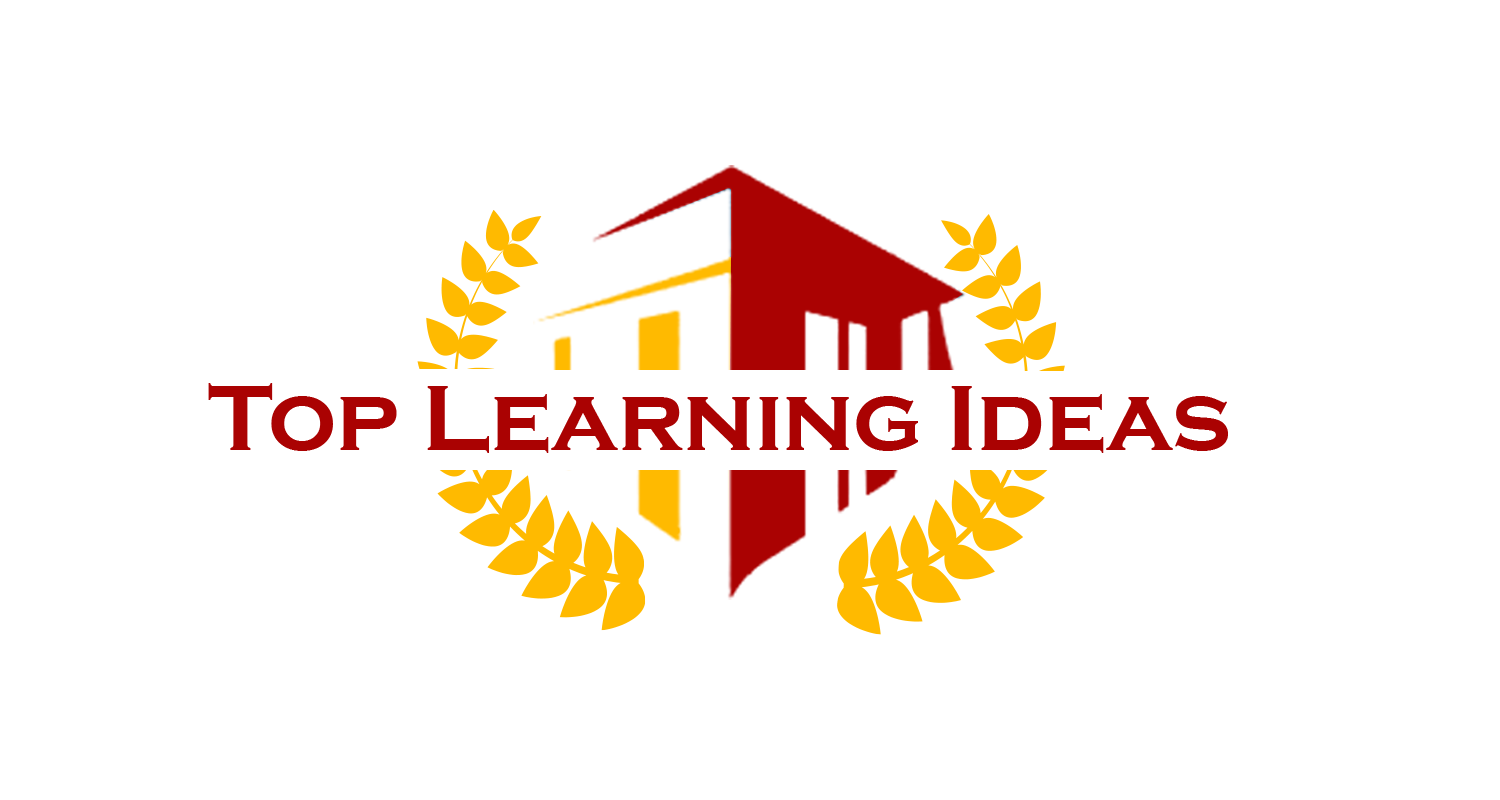Imagine an old marketplace, buzzing with shopkeepers arranging their wares. Some stalls thrive because they know exactly how to attract and engage passersby, while others remain quiet despite having fine goods. In today’s digital marketplace, websites are these stalls, and conversion rate optimisation (CRO) is the craft of drawing visitors closer, persuading them to take action. Data science acts like the market analyst, studying every customer glance, pause, and choice to reveal what truly drives engagement.
CRO isn’t just about numbers; it is about telling a story with data—understanding intent, predicting behaviour, and tailoring experiences that resonate with each unique visitor.
The Subtle Signals of User Behaviour
Every click, scroll, and hover on a webpage is a whisper of intent. Data science captures these signals, interprets them, and transforms them into actionable strategies. For instance, heatmaps can reveal where users’ eyes linger, while funnel analysis uncovers points where interest wanes.
Students exploring digital marketing training in Bangalore often encounter how behavioural data forms the foundation of CRO. By learning to identify these hidden patterns, they gain the ability to not only increase conversions but also design experiences that feel intuitive and personalised.
Predictive Modelling: The Crystal Ball of CRO
Think of predictive models as a crystal ball—not magical, but mathematical. By analysing past user journeys, algorithms can forecast future actions. Will a visitor complete the checkout? Will they abandon their cart? Predictive analytics provides marketers with the ability to anticipate these outcomes and intervene before potential customers slip away.
This foresight empowers businesses to tailor offers, refine page layouts, and customise messaging, ensuring the customer’s path feels seamless rather than obstructed. In practice, it transforms CRO from reactive problem-solving into proactive experience-building.
A/B Testing Meets Machine Learning
Traditional A/B testing is like choosing between two shop signs to see which attracts more customers. With machine learning, however, A/B testing evolves into something far more dynamic. Algorithms can test multiple variations at once, automatically direct traffic toward higher-performing versions, and adapt to shifts in user behaviour in real-time.
Instead of waiting weeks for results, businesses gain immediate insights. This fusion of automation and adaptability means CRO becomes faster, sharper, and more reliable—a constant experiment in pursuit of excellence.
Personalisation at Scale
Personalisation is often compared to a friendly shopkeeper remembering a customer’s favourite item. But at scale, this is nearly impossible without data science. By segmenting audiences, analysing preferences, and predicting needs, companies can create experiences that feel individually crafted for thousands of visitors at once.
Learners in digital marketing training in Bangalore discover how recommendation engines, dynamic content, and targeted offers are all powered by these methods. In effect, businesses learn to speak directly to each customer, building trust and loyalty while boosting conversion rates.
Conclusion
Conversion rate optimisation is the art of turning browsers into buyers, and data science is its master craftsman. From deciphering subtle behavioural cues to forecasting future actions, from automating testing to scaling personalisation, data transforms CRO into a precise, scientific process.
In the ever-expanding digital marketplace, those who harness data science don’t just persuade visitors—they create meaningful experiences that resonate. By weaving these practices into their strategies, professionals position themselves to thrive in a landscape where every click carries potential, and every decision can shape success.

